|
Weather systems in the wild Southern Ocean are big. So big, in fact, that these intense systems act as a “weather bridge” between Australia and Antarctica.
And that, climate scientists have figured out, is very useful when you want to go back in time and find out how big bushfires can get in Australia.
How is that possible? It comes down to wind, sea salt and ice.
Scientists from the University of Tasmania, University of Newcastle and the Australian National University explain in a piece for us today, based on their new research.
When bushfire weather hits southeastern Australia, it’s less windy across the ocean in Antarctica, which means less salt spray is blown off the oceans and laid down in snow.
In coastal regions of Antarctica, this means you can take an ice core and, by checking the salt levels, find out how big the fires were in Australia 2,000 years ago.
What the scientists found was startling: seven times over the last two millennia, southeast Australia has been hit by bushfire weather as bad or worse as the fire weather of the 2019-2020 Black Summer.
This suggests bigger fires are possible in the future just through natural variation. Now, of course, we’re loading the dice by adding more and more heat-trapping gasses to the atmosphere. It’s likely the worst is yet to come.
P.S. This kind of original research is what we love to showcase at The Conversation and it’s what sets us apart from other news organisations. If you’d like to support our work, we’d appreciate any tax deductible donation you can make to our end-of-financial-year fundraising drive. Every little bit helps
|

|
Doug Hendrie
Deputy Environment + Energy Editor
|
|
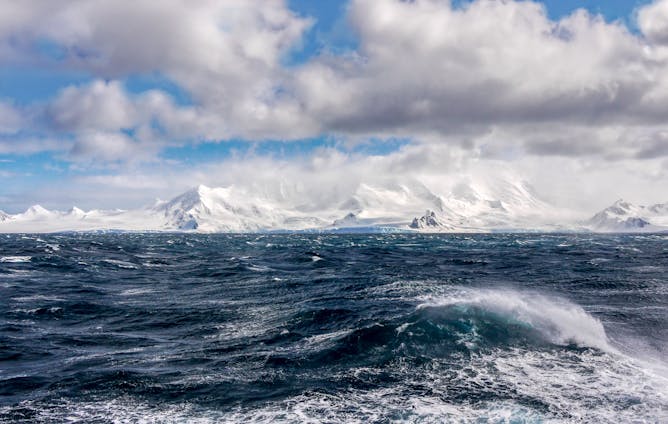
Danielle Udy, University of Tasmania; Anthony Kiem, University of Newcastle; Neil Holbrook, University of Tasmania; Nerilie Abram, Australian National University; Tessa Vance, University of Tasmania
Howling winds take sea salt from the Southern Ocean and lay it down in Antarctica as snow, then ice. Hidden in these ice cores is a warning about Australian fire seasons.
|
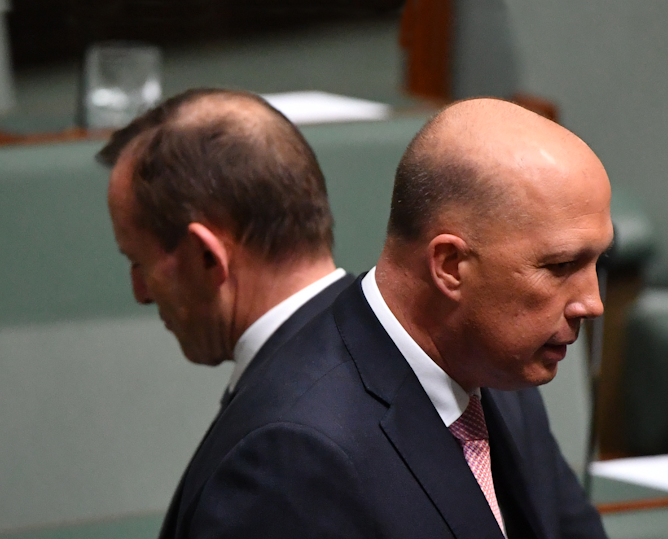
Michelle Grattan, University of Canberra
In a big-target strategy, characterised by a truck load of negativity, as well as laced with a dash of policy adventurism, Peter Dutton is taking the Liberals right back to Tony Abbott’s days.
|

Adrian Esterman, University of South Australia
Here’s why so few drug candidates in animal trials end up as human therapies.
|
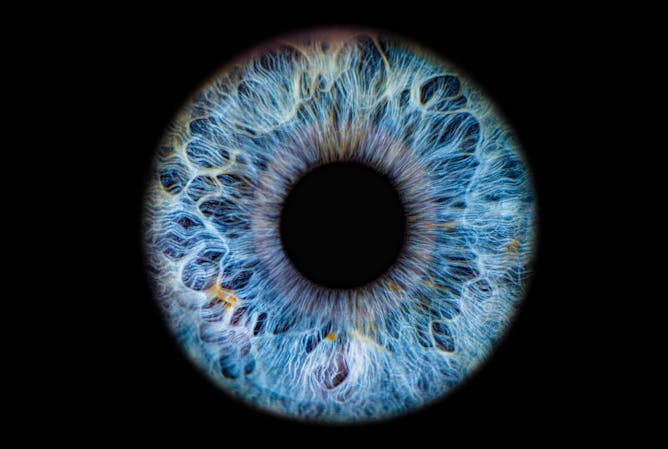
Hessom Razavi, The University of Western Australia
Hessom Razavi – an ophthalmologist and poet – explains the workings and wonder of the eye, and the range of emotions he experiences treating diseases caused by modern life or without a cure.
|

Melissa Conley Tyler, The University of Melbourne
The visit by Premier Li Qiang is more of a diplomatic and business meeting that signals the continuing thaw between the countries, and is unlikely to spur any major announcements.
|
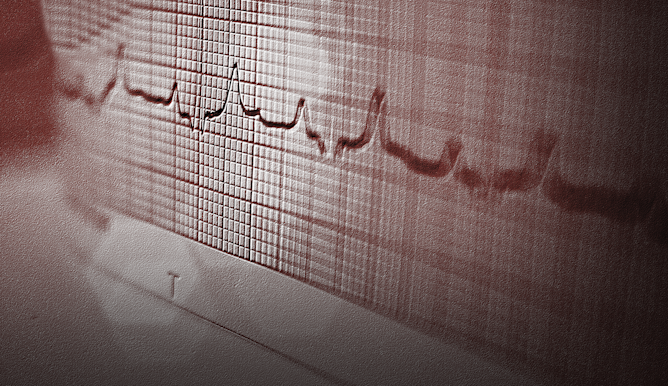
Jeff Borland, The University of Melbourne
The headline figures look good, but employment growth is slowing and hours worked are barely growing.
|

Parisa Ziaesaeidi, Western Sydney University
Current construction approaches are too slow to achieve the ambitious national housing target. But there’s a proven alternative building technology that’s more efficient, faster and greener.
|
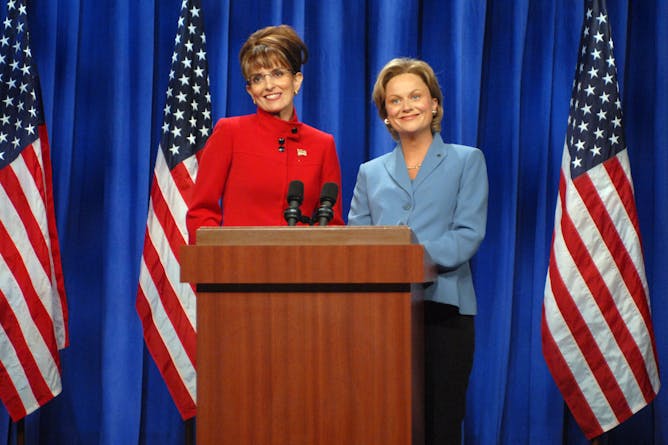
Robert Phiddian, Flinders University
While labelling satire seems like a fine idea in theory, in reality it probably wouldn’t work. It also takes away from my right (and yours) to be fooled.
|

Amy Pope, Clemson University
Olympic breakdancers spin on their heads and backs, then freeze in funky poses. How? It’s all about physics.
|
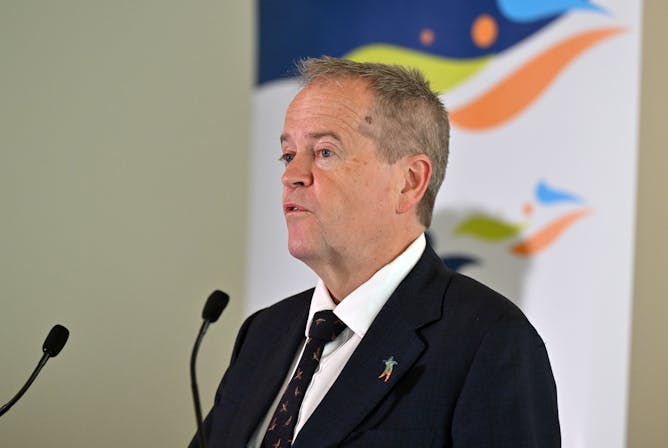
Michelle Grattan, University of Canberra
In this podcast Bill Shorten, the minister for the NDIS discusses his current travels to various summits as well as the ongoing process of reforming the NDIS.
|

Stijn Glorie, University of Adelaide; Jack Mulder, University of Adelaide; Sharmaine Verhaert, University of Adelaide
The hunt for the origin of garnet crystals found on South Australian beaches took researchers thousands of kilometres and half a billion years back in time to a hidden Antarctic mountain range.
|
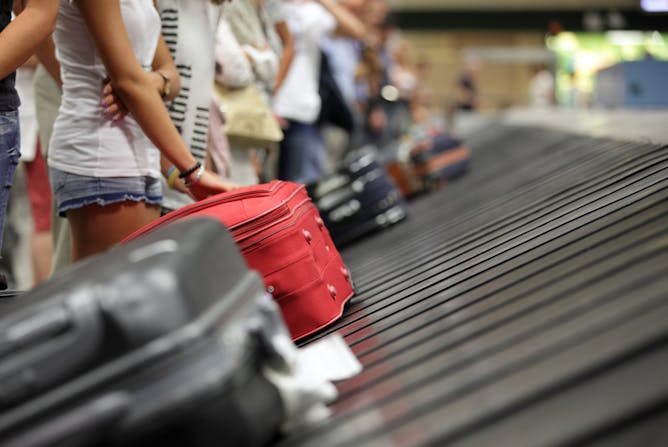
Tracy Harkison, Auckland University of Technology
The government has proposed raising the international visitor levy to $100. But first New Zealand needs a clear strategy about who it’s trying to attract, and in what numbers.
|
Politics + Society
|
-
Benjamin Isakhan, Deakin University; Lynn Meskell, University of Pennsylvania
Our findings aren’t only important for Syria. They also hold clues about how we might approach heritage restoration projects in other post-conflict sites.
|
|
Health + Medicine
|
-
Evangeline Mantzioris, University of South Australia
When we look at the study itself, it seems the media coverage has focused on a tiny aspect of the research, and is misleading.
-
Lata Vadlamudi, The University of Queensland
Fluctuating hormones affect the frequency of seizures at multiple times in women’s lives. So we need to tailor their therapies accordingly.
|
|
Science + Technology
|
-
Daniel Eldridge, Swinburne University of Technology
Knowing a little bit of chemistry can help a lot when your mouth is on fire.
|
|
Environment + Energy
|
-
Bruce Mountain, Victoria University
Costing new sources of electricity sounds simple. But it’s enormously complicated – and CSIRO’s GenCost report promises certainty it cannot deliver
-
Jen Purdie, University of Otago
Even the big oil companies are predicting global demand will decline within decades. With investment in oil exploration projected to decline too, New Zealand should be putting its energy elsewhere.
|
|
Books + Ideas
|
-
Paul McGreevy, University of Sydney
The story of a cutting edge science project, in which solar-powered trackers map the movements of creatures, brims with charming anecdotes, serial frustrations and ‘blue sky’ plans.
|
|
Business + Economy
|
-
Carl Rhodes, University of Technology Sydney
The tax leaks scandal offered us an opportunity to ask hard questions about the role of big business in Australian society. Many of these remain unanswered.
|
|
| |
|
|
|
James Cook University
Cairns QLD, Australia
•
Contract
|

|
|
|
|
| |
| |

|
| |
| |
| |
Featured Events, Courses & Podcasts
|
View all
|
|
|
|
| |
| |
| |
| |
| |
|
|